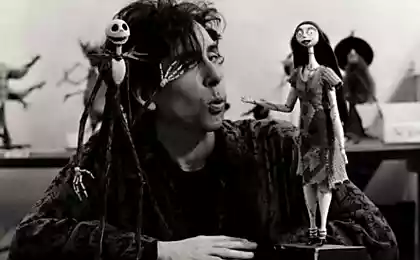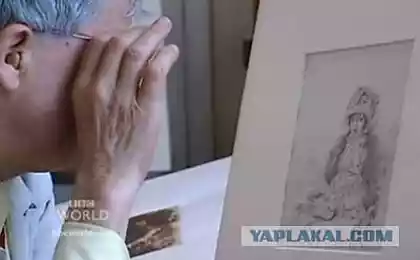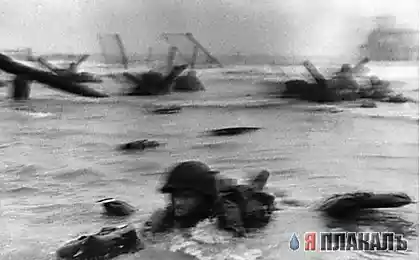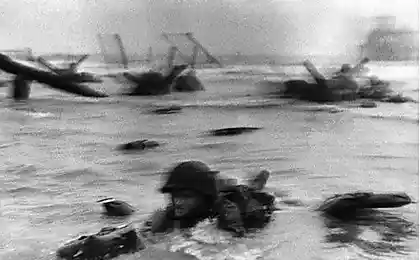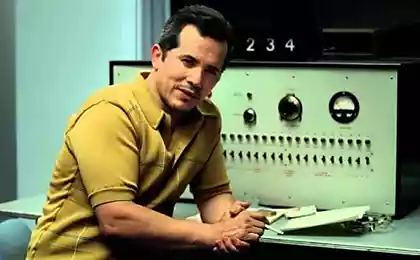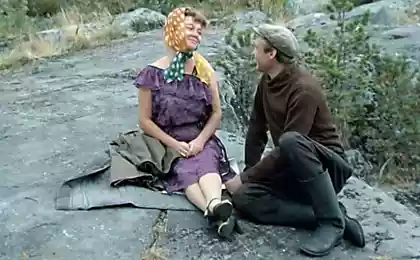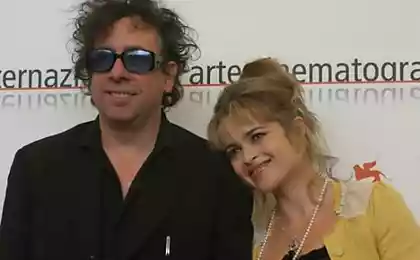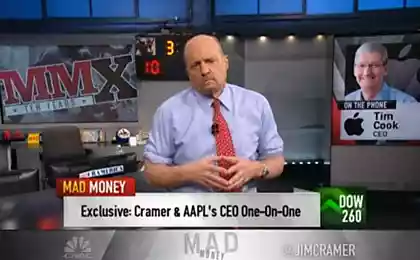1898
Explanation photorealistic painting by Jan Vermeer

Johannes Vermeer, "Music Lesson» (1662-1665) i>
Known in the Amiga community and Siggraph hacker Tim Jenison (Tim Jenison) spent many months to reproduce the expected painting technique , which used the Dutch painter Jan Vermeer in the middle of the 17th century. Until now, it remains unclear how he could create so fotorealitichnye pictures for half a century before the invention of photography.
As an expert in computer graphics Tim Jenison was sure that the artist used some technique of capturing images, including color copying. This is clearly indicated some details of the pictures. For example, the texture of the white wall in the painting "Music Lesson».
Tim Jenison explains that the wall is painted as it would have captured the camera lens. The fact that the human eye is adapted to light and can not simply register a shadow on the wall with the contrast. Part of the person such an argument may seem questionable, but for an expert like Jenison is absolutely reliable evidence that Vermeer used some technique image transfer to canvas.
Jenison set out to repeat the method of Vermeer. Pinhole camera is not suitable for this purpose because it does not provide the desired color. Tim Jenison logically concluded that the Dutch painter somehow used a mirror to copy the image.

Tim Jenison tests the hypothesis with mirror i>
To test the hypothesis, Jenison decided to recreate a scene from the original painting "The Music Lesson", and then draw it through the mirror, as it could make Vermeer.
The experiment took eight (!) Months, Jenison found a suitable room and typed objects with paintings on the 3D-printer, others were made on different machines.




In the end, he still managed to copied from the mirror picture, repeating the original.

Picture Tim Jenison i>
All time worked with Jennison film crew that filmed 2,400 hours of footage and installed 80-minute documentary .
Source: habrahabr.ru/post/225997/
The scientists were able to create a simulation of a supernova explosion in the laboratory
Types of parental control


